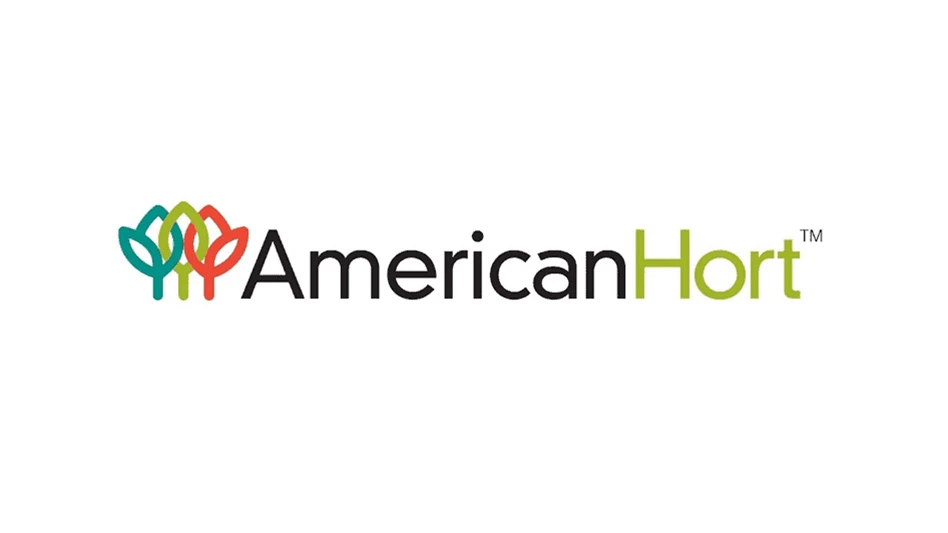
My house is surrounded by massive, mature Liriodendron tulipifera — commonly known as tulip trees. They lend a forest feel to my front and back yards, and combined with understory trees and shrubs, they create a deep shade. That’s great for keeping my property cool during the summer, but it makes it difficult to find plants (particularly colorful plants) that will thrive in our garden. That’s just one of my problems as a garden consumer, but it’s certainly not the only one.
We also share water with our neighborhood. Supplemental water for flower beds is verboten. While it keeps costs down, it also restricts our ability to keep thirsty plants hydrated. If we don’t want to surreptitiously sneak a hose out to the plants, we get water from the sky, or we don’t get it at all.
Add the water and shade issues to our clay and rock-filled Northeast Ohio soil, and you have what I would call “difficult” gardening conditions. Those conditions have conspired to force my garden into an increasingly small area surrounding my home where we have better access to sunshine and water. It’s changed our gardening behavior. For instance, 2024 was the first year we took a chance at foodscaping: incorporating veggies into ornamental plantings.
As gardeners, my wife and I are looking for the same types of solutions being sought by the consumers showcased in this issue. It’s clear from the data we explore from the National Gardening Association’s annual National Gardening Survey that my house is not alone. As lot sizes decrease and older gardeners transition into multi-family living from large homes, people who plant are running out of space.
The good news is that there are plants on the market to meet these needs. There are plenty of varieties that are fit for containers or small spaces. But that doesn’t mean that the horticultural industry is doing enough to meet gardening consumer needs. Based on the data, not having enough space remains one of the top reasons gardeners stop gardening.
Of course, lack of space doesn’t have to force a homeowner to give up the hobby. Less space can be overcome with more creativity. And along with problem-solving plants, the green industry is perfectly positioned to offer the kind of inspiration and information that will keep people digging even as their gardens shrink.
Over the past year covering the horticulture industry, I’ve met many of you in person. In almost every conversation I’ve had, I’ve taken away a useful tidbit to apply to my own home garden. I’m so grateful for the opportunity, and I can see the results of those interactions in the tomatoes I’m harvesting and the porch containers bursting with color.
I know that many of you may not find yourself face to face with consumers that will take custody of the plants you grow. But I urge you not to let that stop you from having conversations. They might occur on your website, on social media or even in your own front yard. The more you talk to gardeners, wherever you are, the more successful they will be.
And when gardeners are successful, we’re all successful.

Explore the September 2024 Issue
Check out more from this issue and find your next story to read.
Latest from Greenhouse Management
- The HC Companies, Classic Home & Garden merge as Growscape
- Eason Horticultural Resources will now officially be known as EHR
- BioWorks receives EPA approval for new biological insecticide for thrips, aphids, whiteflies
- ScottsMiracle-Gro transfers cannabis subsidiary to focus on core lawn and garden business
- Ellen Mackenbach-Lakeman appointed new CEO of Dümmen Orange
- Southern Garden Tour sets 2025 dates for trial garden open houses
- Belgian thermal screen manufacturer Phormium launches Noctis Thermo
- New book explores plants that thrive in Rocky Mountains





